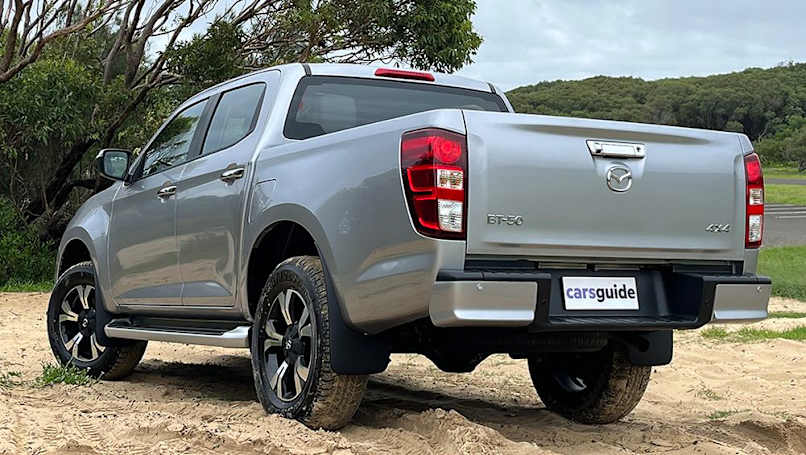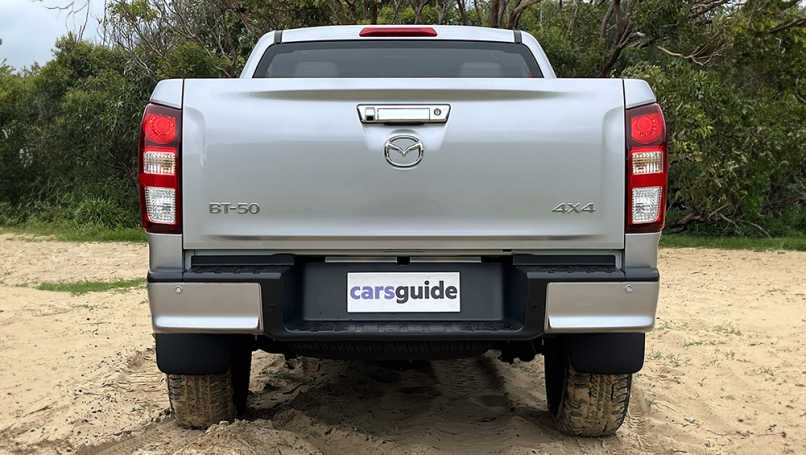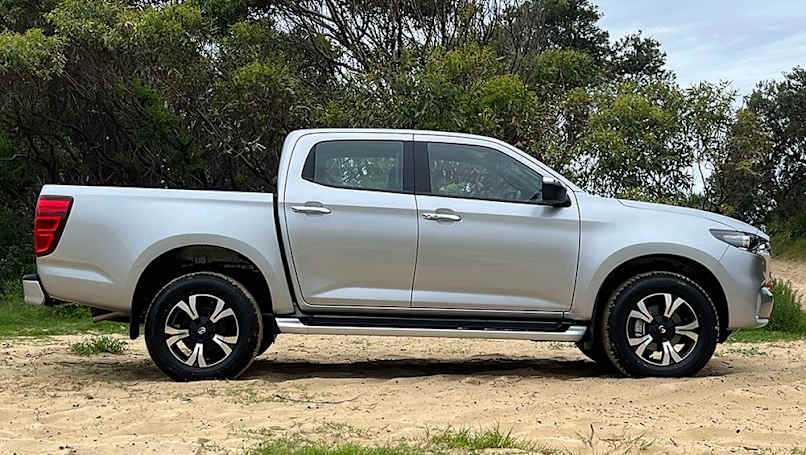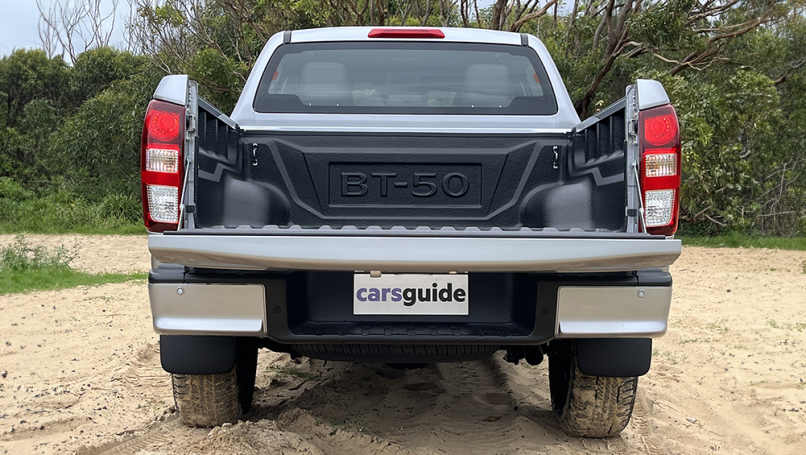
European electric car slashed nearly $20,000: Cupra Born in run-out with huge offers for MG4 hatch, Tesla Model 3 and Polestar 2 alternative
The Volkswagen Group’s first electric car to arrive in Australia is now being...
Browse over 9,000 car reviews

Mazda’s rugged BT-50 isn’t going to be a victim of the federal government’s new emissions regulations.
Mazda Australia’s marketing boss Alastair Doak said the BT-50 will absolutely be part of the company’s future despite the spectre of the New Vehicle Efficiency Standard (NVES) looming over the industry.
“The current car is going really well for us. We’re really enjoying the product and the quality of it, it’s been very, very good. The collaboration between Mazda and Isuzu has been very, very good,” said Doak.
“We had a record year last year for BT-50, which is fantastic, and it is and will remain part of our line-up.”
The NVES will slap carmakers with fines of $100 for every gram of CO2 over a certain limit. This limit gets lower every year.
Doak said now the company knows the rules it can meet the market and that includes the BT-50.
“It’s the same for everybody so we have to make sure we are feeding the information back to the appropriate people and let’s see where it takes us. BT-50 is a strong product for us and will continue to be,” he said.

“We now have the clear rules in place from the federal government around what the expectation is on a roadmap to carbon neutrality.
“Now that those rules are there, then you can work to that and plan around it with more certainty.”
The BT-50 is safe from punishment for a few years at least. According to the government’s Green Vehicle Guide website the BT-50 emits 180 grams of CO2 every 100km, which is the limit for utes, 4WDs and vans in 2026.
The government revised the threshold up after push back from carmakers and its lobby group the Federal Chamber of Automotive Industries (FCAI).

After that Mazda has some serious work to do, as it’ll face fines of $3000 for every BT-50 it sells in 2027, $4800 in 2028 and $7000 in 2029 if nothing changes.
Doak said the NVES was unlikely to force mazda to ditch certain vehicles from its line-ups, but consumers will have the final say.
“I can remember when we were selling 1600 Mazda 6s every month, and now you know that segment is basically dried up,” he said.
“So, it’s ultimately the consumers are the final judges of what sells and what doesn’t.

"I think the new efficiency standards add an extra element to that but you need to meet the market demand and taste more than anything else.
“You can add bits of technology in there to hit CO2 numbers but ultimately you need to deliver appealing product,” said Doak.
Mazda hasn’t revealed any details about the next-gen BT-50, but Isuzu has committed to delivering an all-electric version of the D-Max. The Mazda BT-50 is based on the diesel-powered D-Max and shares the same underpinnings, engine, transmission and other mechanical elements.

The electric D-Max was revealed at this year’s Bangkok motor show and promises to match the capability of the diesel-powered D-Max in many areas.
It will use two electric motors to make 130kW and 325Nm combined with all-wheel drive grip and will be underpinned by a rugged ladder frame chassis.
It’ll have 3500kg towing capacity but its circa-67kWh battery will only be able to deliver a driving range of up to 300km. This will reduce significantly if towing or hauling a load.
Isuzu said the D-Max BEV will arrive first in Europe before going on sale in Australia and its manufacturing base, Thailand.
Comments